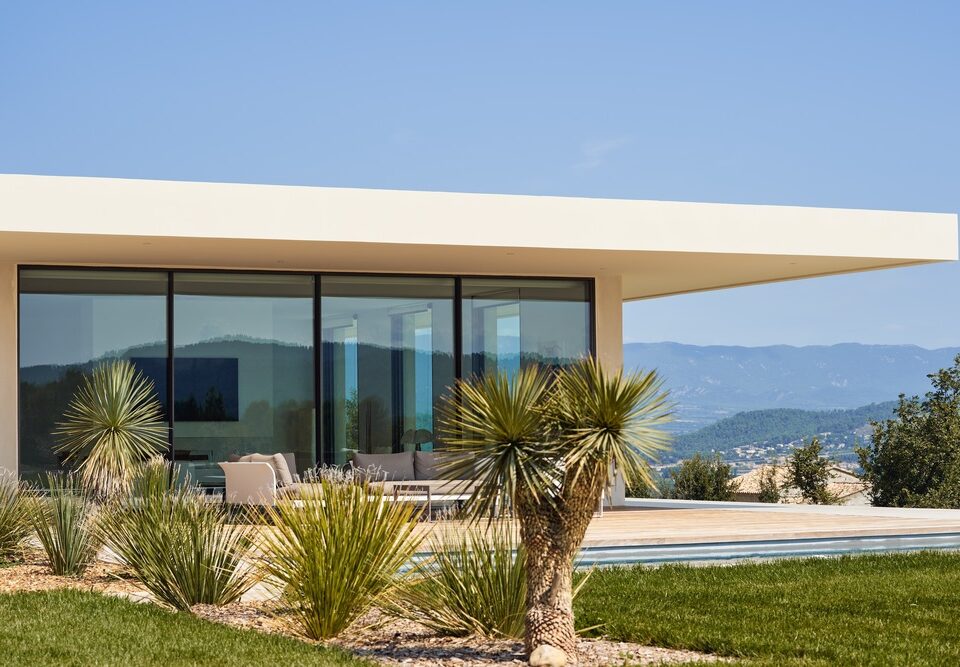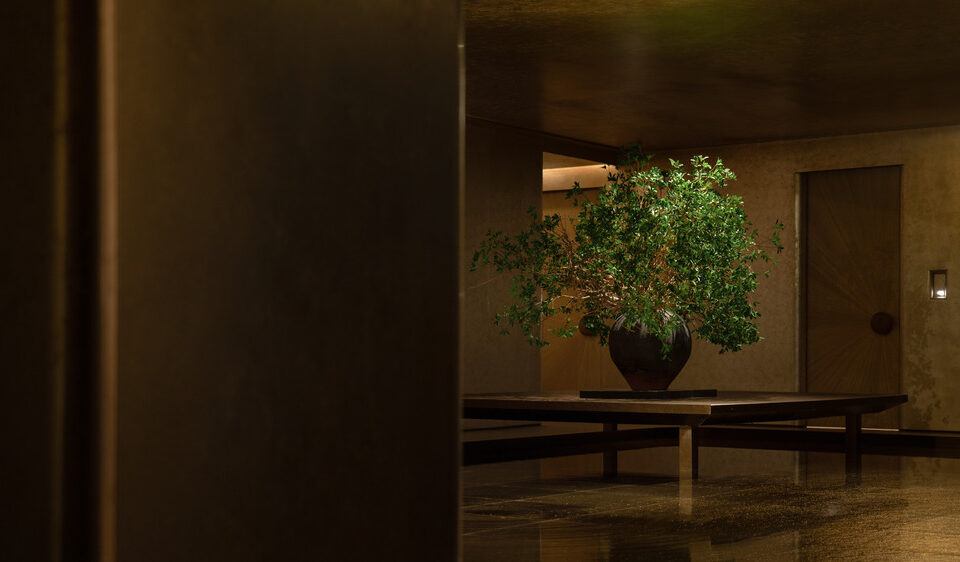NBJ Architectes Nautical Pole of Sète, Montpellier, France
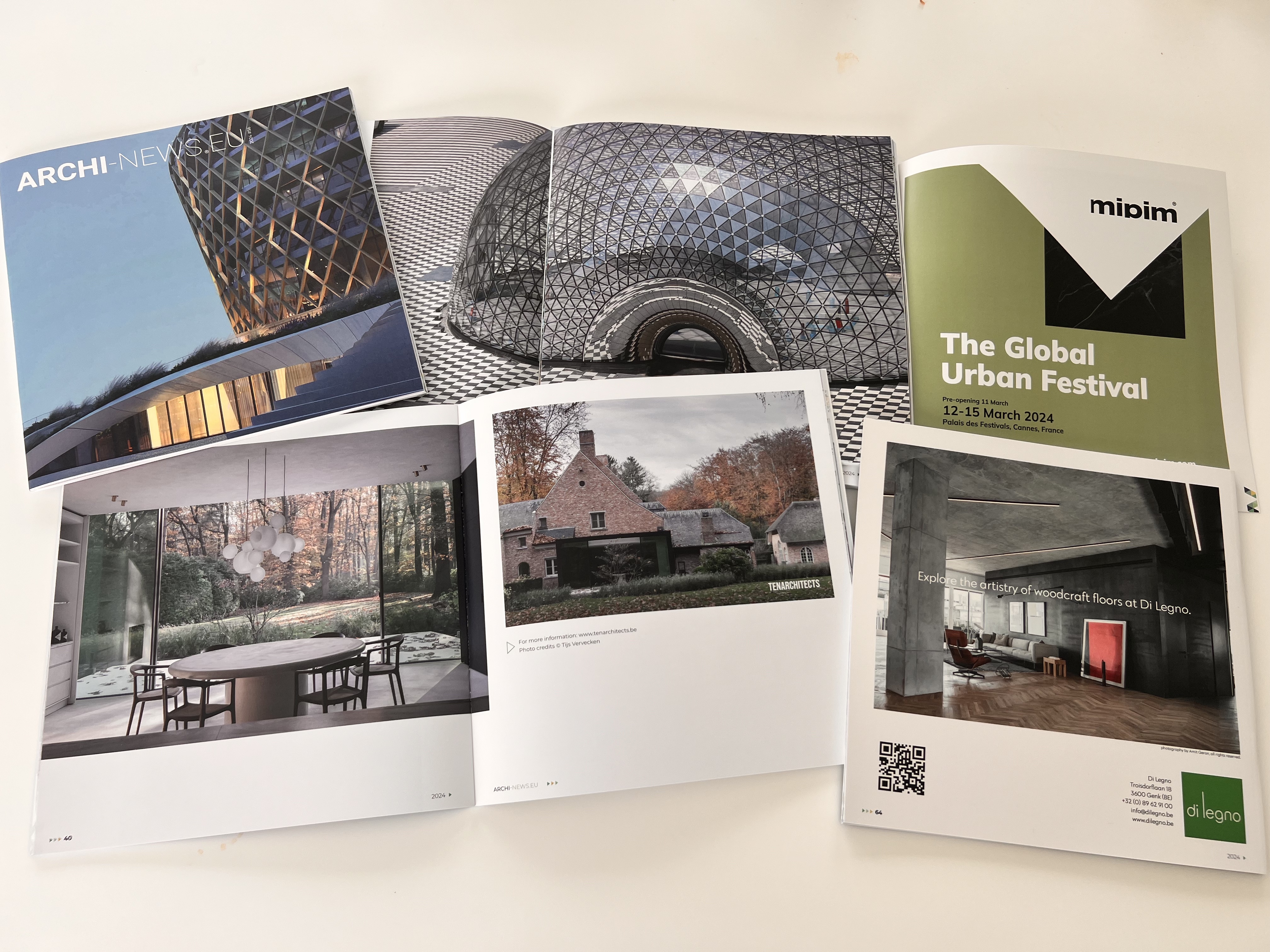
Mipim 2024
March 17, 2024NBJ Architectes
Nautical Pole of Sète, Montpellier, France
The nautical pole is located in an emblematic site at the end of the Saint Louis pier in the port of Sète, near Montpellier in France. With multiple uses for the Société Nautique de Sète (SNS) and the SNSM associations, it ensures the necessary functionality by grouping together nautical activities in its base to accommodate office and social spaces on the upper floor. By its positioning and its materiality, the project aims to blend into the landscape while revealing it. It is from the reception room, which opens onto a vast terrace, that the distant horizon is revealed.
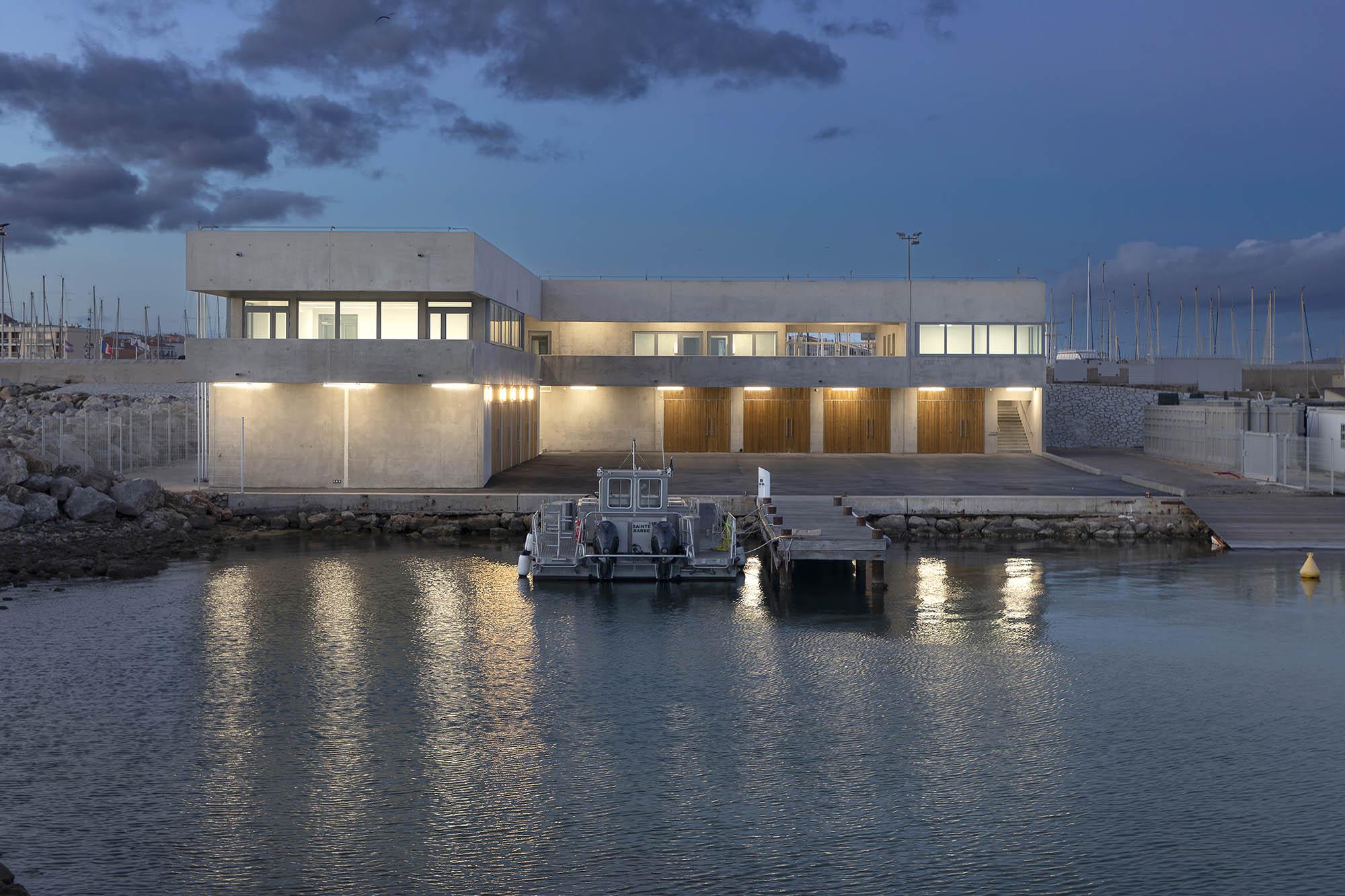
The program also gathers the nautical associations of Sete, the Nautical Society of Sete, and the SNSM. It is also a space for organizing nautical events, such as regattas, and the reception area is widely open onto a vast terrace that offers an exceptional view of the sea.
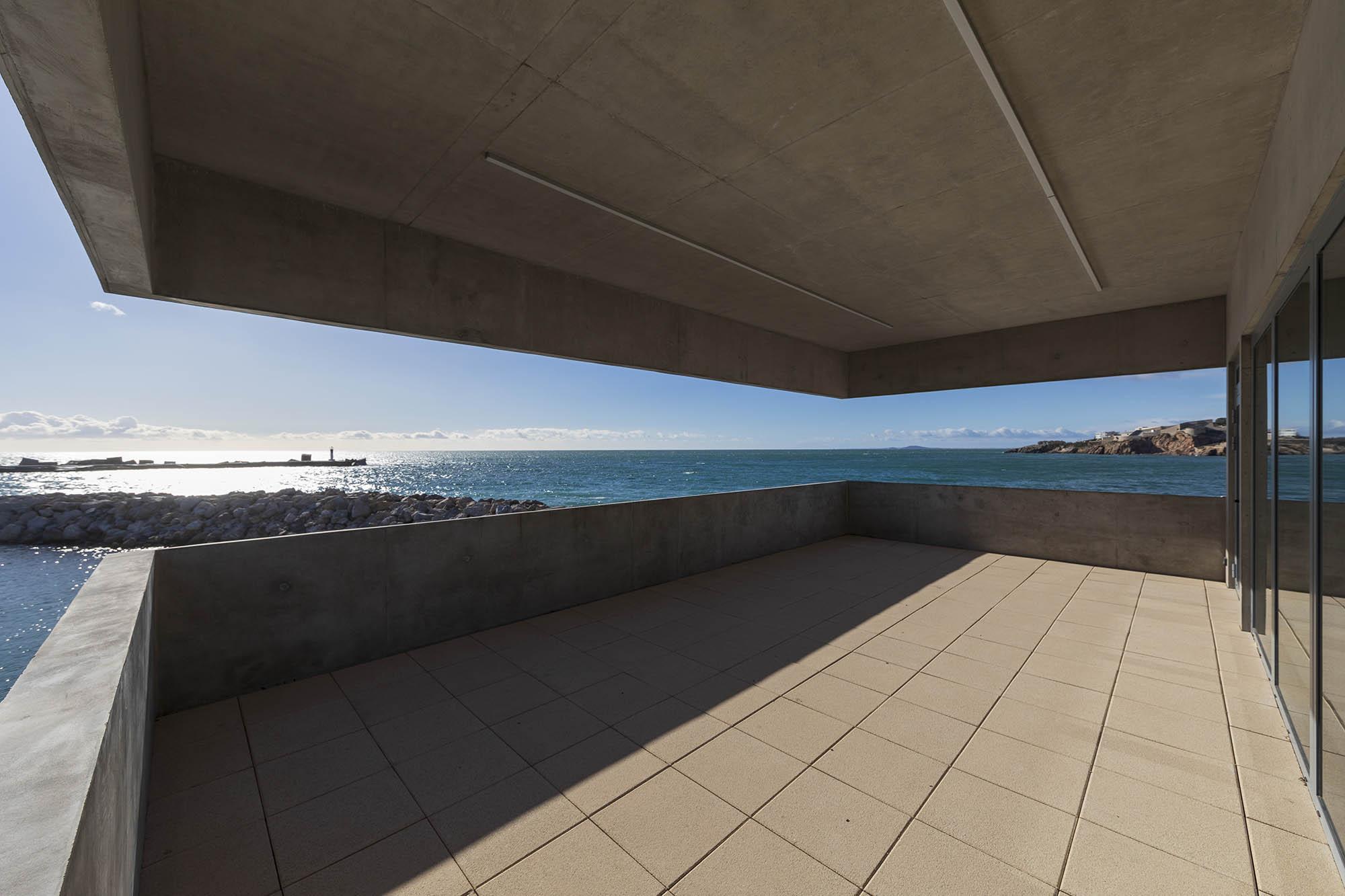
The choice of simple materiality in concrete was established according to the proximity with the sea, the stakes of perenniality and in order to minimize the maintenance of the building. Simple and sober forms chosen.
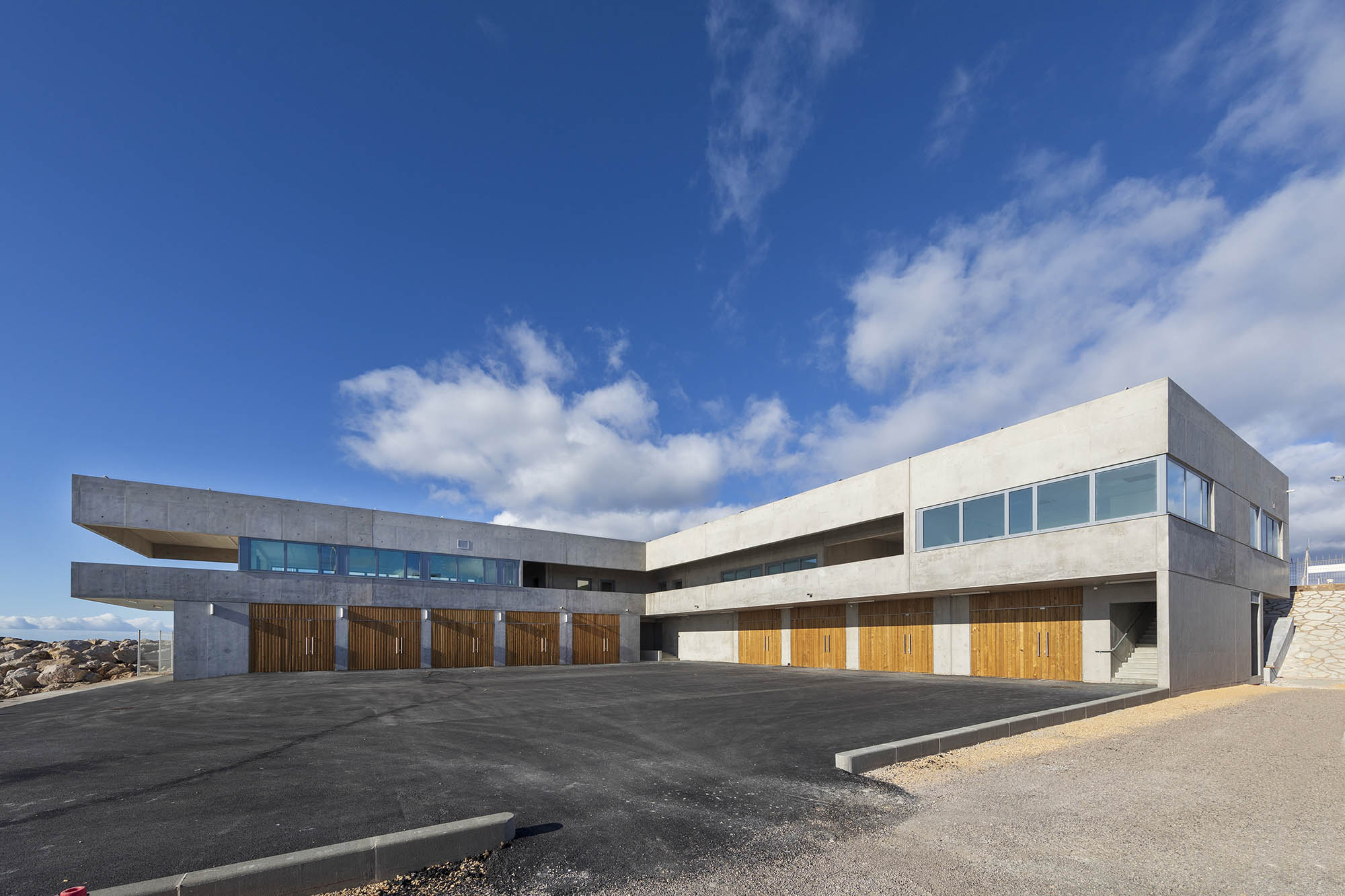
The building was worked in a will of insertion in the landscape and is revealed from the distance. A close collaboration with the Architect of Buildings of France was carried out in order to ensure the success of its intention, in particular with the city of Sete and its Mount Saint Clair.
In a will of reflection on materials and short circuits, architects worked with a device for the reuse of local eco-waste: the shells of oysters. To do this, a collaboration was undertaken with COLAS to develop a flooring product made from those oyster shells. The product is called Colstab Ostrea.
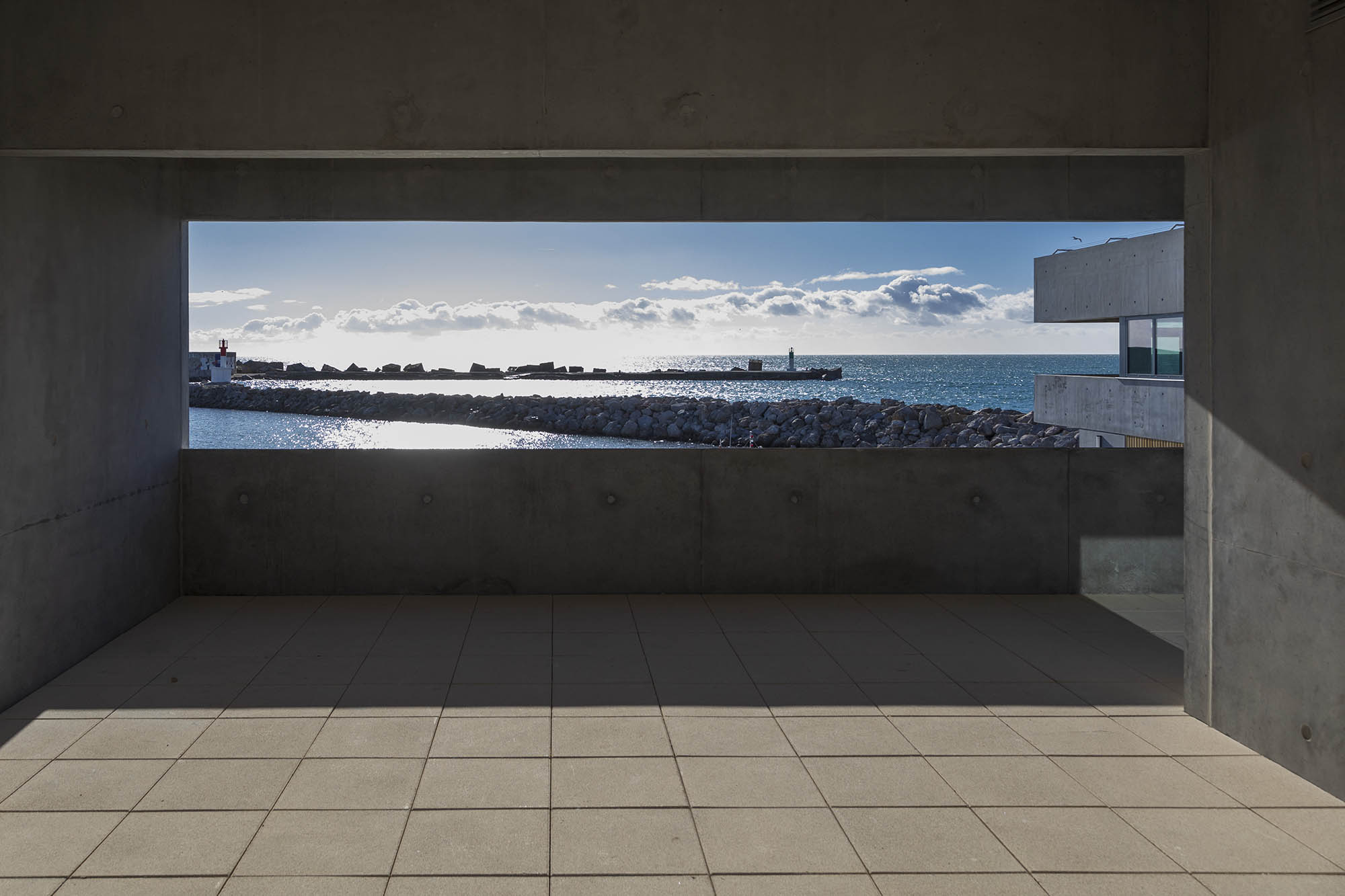
Colstab Ostrea® is a coating made from oyster shell sand and a hydraulic binder, which improves the product’s carbon footprint by 50% compared to traditional cement. This waste represents a major challenge for the region, as 10,000 tons of shellfish produced per year generate 8,000 tons of waste. With this product, COLAS is responding to a local environmental issue by giving new use to shellfish waste.
Outdoor areas have been treated with this type of coating, demonstrating the will to build a circular and local economy in this type of project.
For more information: www.nbj-archi.com
Photo credits © Jean-Luc Girod
Publié dans Archi-News 2023 numéro 56


